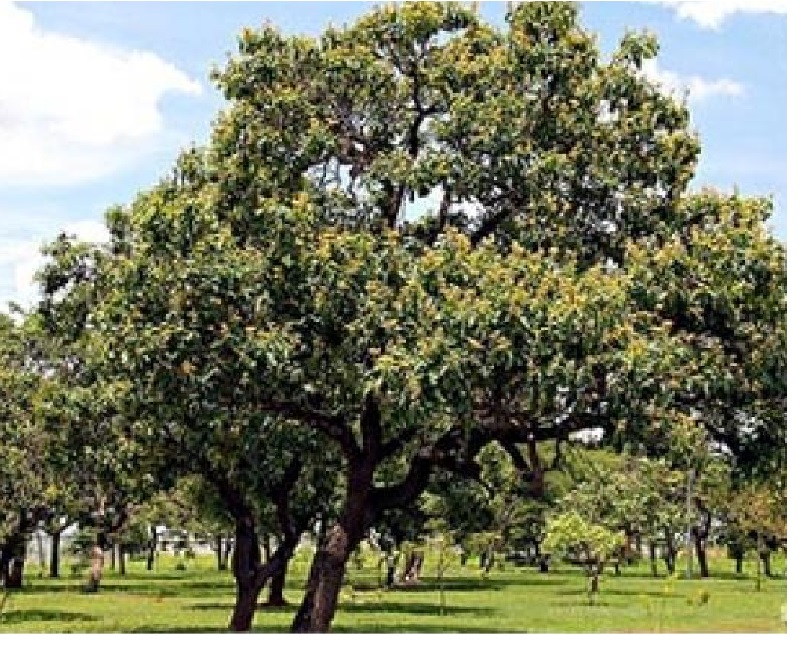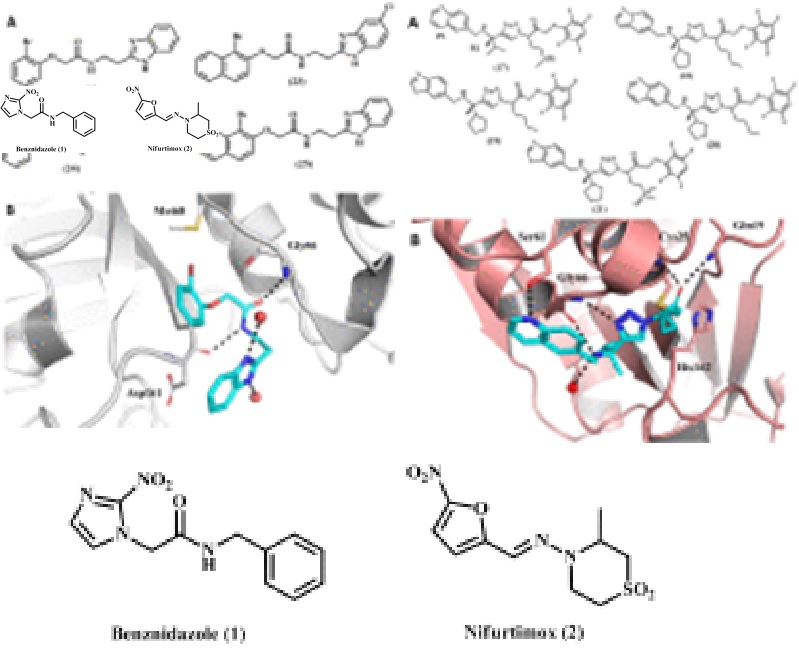
Authors:
Goncalves Neto, Geraldo S. [1] ; da Costa, Romario P. [2] ; Zanini, Camila L. [3] ; Aguiar, Anna Caroline C. [3] ; de Souza, Juliana O. [3] ; de Souza, Guilherme E. [3] ; Severino, Richele P. [1, 4] ; Cass, Quezia B. [2] ; Cruz, Fabio C. [5] ; Oliva, Glaucius [3] ; Guido, Rafael V. C. [3] ; de Sousa, Lorena R. F. [1, 4]
Abstract:
Qualea grandiflora Mart. ({”}pau-terra{”}) is a medicinal plant symbolic from Cerrado biome. Qualea species reportedly have antiparasitic properties, but their active compounds have yet to be identified. In this study, we investigated the antiplasmodial activity of Q. grandiflora fruit and stem extracts against Plasmodium falciparum. The polar extracts of both fruits and stems showed promising in vitro antiplasmodial activity against sensitive and resistant P. falciparum strains (half-maximal inhibitory concentration (IC50) = 1.2 and 4.2 ng mL(-1), respectively), low cytotoxicity against human hepatic cells (IC50HepG2 >= 400 ng mL(-1)), and a noteworthy selectivity index (SI >= 322 and >= 96, respectively). The fruit ethanolic extract revealed significant oral efficacy at 100 mg kg(-1) in a mouse model of P. berghei malaria (100% reduction in parasitemia on day 5 post-infection). To investigate the chemical composition of the extracts, we developed a method involving liquid chromatography-high resolution quadrupole-time of flight mass spectrometer. The chemical profiling of active extracts indicated 32 compounds, including gallotannins, ellagic acid derivatives and flavonoids. The common component in the active polar extracts was found to be ellagic acid (EA), which may contribute favorably to the in vitro and in vivo inhibitory activity observed in this study.
1 Unidade Acadêmica Especial de Química, Universidade Federal de Goiás, Regional Catalão, 75704-020 Catalão-GO, Brazil
2 Departamento de Química, Universidade Federal de São Carlos, 13565-905 São Carlos-SP, Brazil
3 Instituto de Física de São Carlos, Universidade de São Paulo, 13563-120 São Carlos-SP, Brazil
4 Departamento de Farmacologia, Universidade Federal de São Paulo, 04023-062 São Paulo-SP, Brazil
Link to article: http://static.sites.sbq.org.br/jbcs.sbq.org.br/pdf/2019-0516AR.pdf






